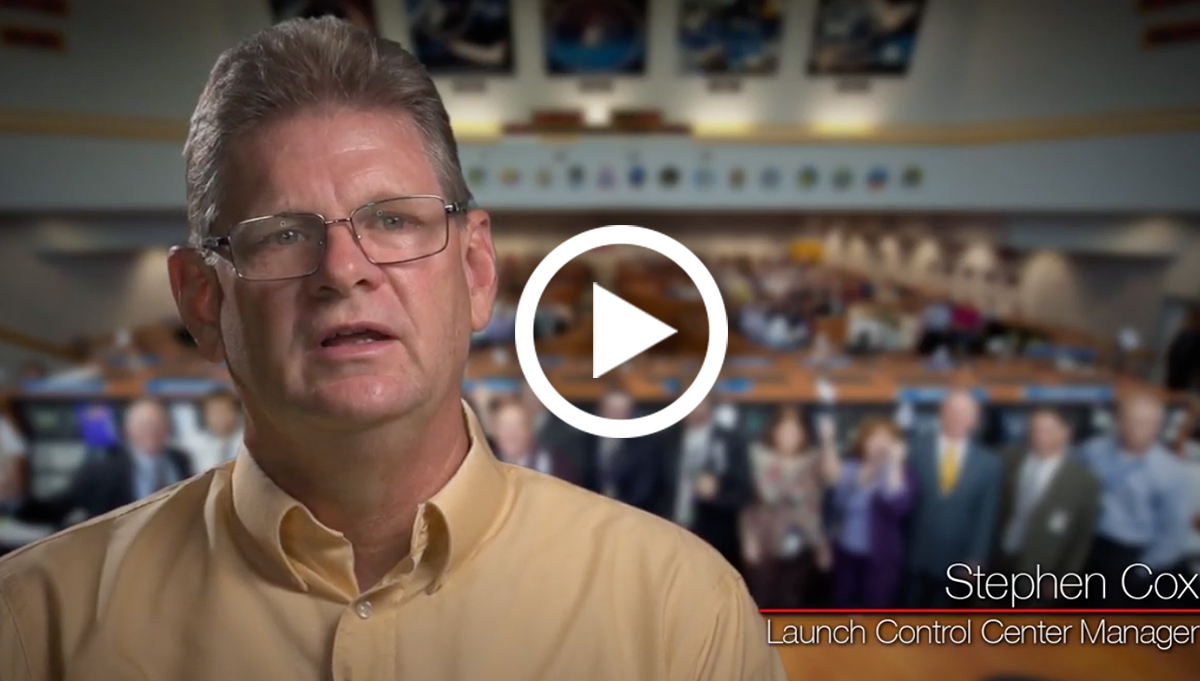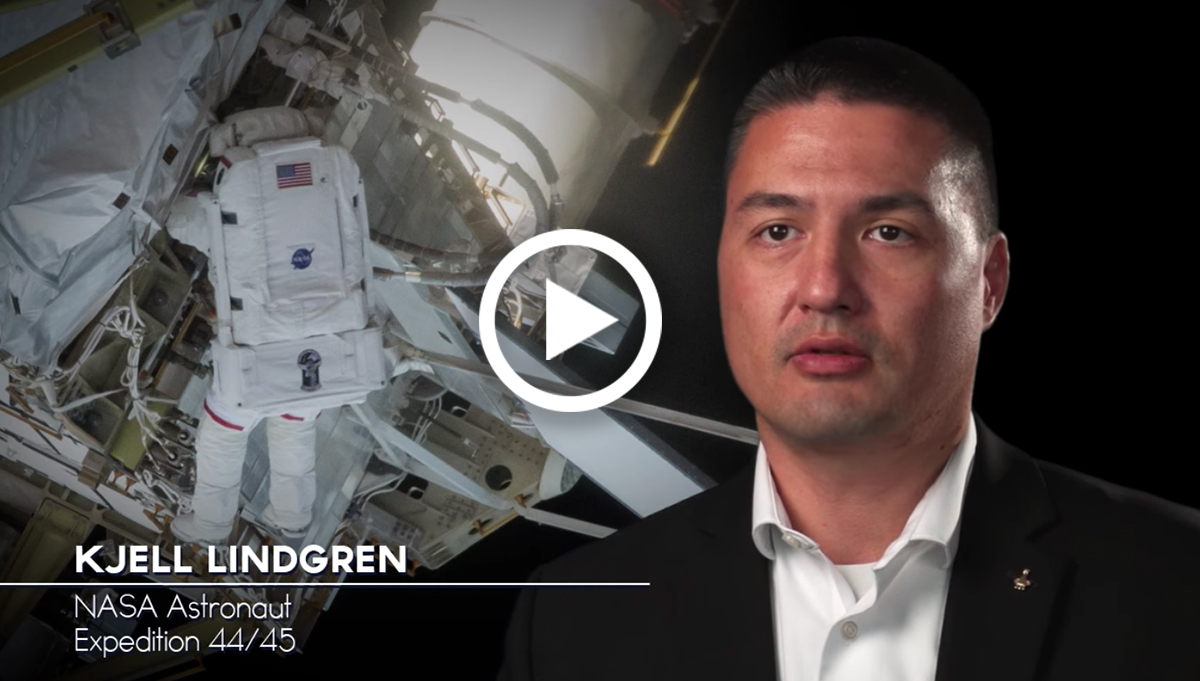High-level goals were established to allow flexibility and innovation in the design of the Commercial Orbital Transportation Systems (COTS).
Alan Lindenmoyer worked as the Program Manager for NASA’s Commercial Crew and Cargo Program, which executed the NASA-industry Commercial Orbital Transportation Systems partnership to develop safe, affordable, reliable space transportation access to low-Earth orbit. He talks about a unique method NASA used to get access to needed space transport capabilities through the use of a Space Act Agreement instead of a traditional contract.
Video key learning points:
- 1.
The use of a Space Act Agreement allowed NASA to have more flexibility than a traditional contract when developing the goals for a space transport system.
- 2.
The primary goal was to have a space transport capability for crew and cargo.
- 3.
Four core capabilities were needed: Carry unpressurized cargo to the International Space Station; carry pressurized or internal cargo to the station; return cargo such as some of the science and payloads from the space station to Earth; and provide crew transportation.
- 4.
By only establishing high-level goals, this gave contractors the flexibility to innovate and optimize their design instead of designing to specific requirements that would come with a traditional contract.
- 5.
NASA took an investor approach using the Space Act Agreement by offering financial and technical support to commercial partners to reach the high-level space transport goals.
Related Resources
Video: Structuring a Funded Space Act Agreement
Video: Reimbursable Space Act Agreement Process









